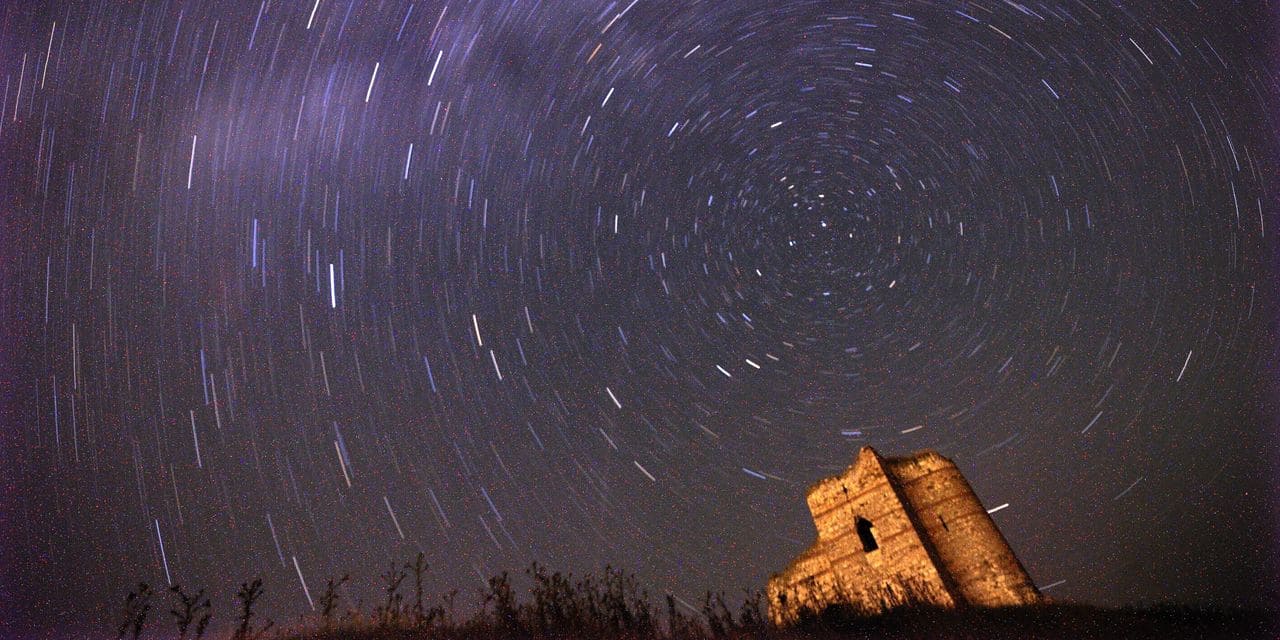Discovery of an exceptional meteorite: “A witness to the appearance of our solar system”
It will have taken a long journey, since its crystallization 4 billion and 565 million years ago, before landing “thanks to the chance of the orbits” in southern Algeria “at least a hundred years ago” , according to geochemist Jean-Alix Barrat, from the University of Brest.
He recently signed a study, in the Proceedings of the American Academy of Sciences, devoted to the object found in May 2020 by meteorite hunters in an area of the Sahara, from which it takes its name from Erg Chech 002.
There are officially 43 fragments, the most important of which are “as big as a fist,” he told AFP.
The rock, greenish in appearance when cut and with a rather brown surface, is an “exceptional” witness, in more than one way, of the formation of protoplanets, those embryos of planets which preceded the appearance of those of our solar system.
Cosmic billiard game
Erg Chech 002 is a rare object in more than one way.
Of the 65,000 or so meteorites listed, it is one of only 4,000 characterized by their “differentiated matter”, more elaborate than that of other meteorites because it comes from a celestial body large enough to have experienced tectonic activity.
Of these 4,000, 95% come from only two asteroids, but Erg Chech 002 comes from one asteroids of the remaining 5%.
Finally with a unique composition, “it is the only one of the 65,000 meteorites that is like that”, notes Jean-Alix Barrat. He is nonetheless convinced “that such rocks were quite common at the very beginning of the history of the solar system”.
And submits two explanations for their rarity. The protoplanets containing them have “been used for the growth of other terrestrial planets”, such as Earth. Others were pulverized in the great cosmic billiard game of the origins, of which the surface of the Moon, pockmarked with impacts, is a late witness.
The “parent body” of Erg Chech 002, it measured perhaps a hundred kilometers.
It was formed in the first million years of the solar system, according to the calculations of the co-authors of the study, Marc Chaussidon, of the Institut de physique du globe de Paris, and Johan Villeneuve, CNRS researcher at the ‘University of Lorraine.
“Projected into space”
Researchers already have knowledge of this formation, notes the scientist from the University of Brest, thanks to so-called metallic meteorites, “which correspond to the nuclei of protoplanets”. But with Erg Chech 002, “this is the first time that we have part of the crust” of these celestial bodies.
And to obtain it, it took a combination of circumstances as exceptional as the object.
A lava flow has accumulated on the surface of the parent body, fueled by the heat of the aluminum in its heart. This crust containing the future meteorite solidified momentarily, but instead of disappearing by melting again, an unforeseen event tore it from its parent body.
The researchers deduced this when they noticed that it had suddenly cooled down. The only explanation is that “the rock was thrown into icy space”, following a shock, explains Jean-Alix Barrat.
Still studying its composition, we deduced that it had then traveled for more than 4.5 billion years “in a pile of gravel, protected from solar radiation”.
Until 26 million years ago, when the small asteroid containing it was itself dislocated, and the rock exposed to the sun for its last stage. She continued on her way, turning and turning again. “Until she has a bad meeting with us”, so to speak.
